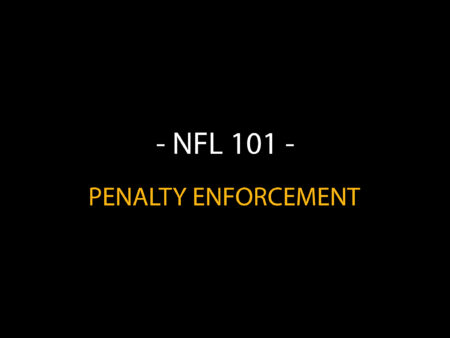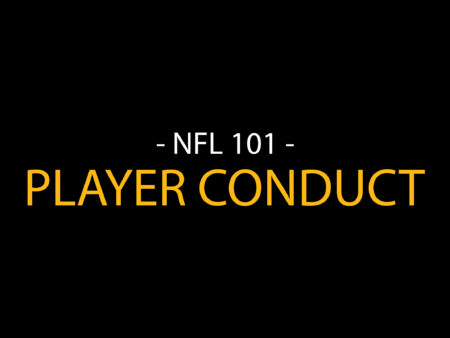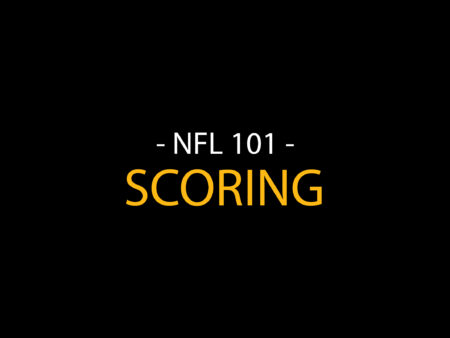Welcome to the world of NFL timing, where every second counts and even the shortest periods can feel like an eternity, especially if you’re on the edge of your seat! Let’s break down the often convoluted and always crucial rules of game timing into bite-sized, easy-to-digest pieces. No need to rush, though—take your time (pun intended)!
Rule 4: Game Timing
Section 1: Periods, Intermissions, Halftime
Length of Game
- Total Game Time: An NFL game is like four quarters of hustle, each lasting 15 minutes, summing up to a total of 60 minutes. If the score is tied like a stubborn old knot, we head into overtime, as detailed in the heart-pounding Rule 16.
Intermissions
- Between Quarters: There’s a brief two-minute pause to catch your breath between quarters, except at halftime. During these breaks, players huddle up, strategize and maybe share a secret or two.
- Coach on Field Rule: Only the head coach can step onto the field to check on injured players. Anyone else tries that, and it’s a 15-yard penalty—no trespassing allowed!
Halftime
- Halftime Length: After the second quarter, everyone takes a longer break of 13 minutes. Players rest, coaches plan, and fans… well, they’re likely lining up for snacks.
Official Time
- Clock Management: The stadium clock is the timekeeper, but if it fails, the Side Judge becomes the keeper of time. It’s like having a backup quarterback ready to jump in!
Section 2: Starting a Period or Half
Kickoff on Schedule
- Punctuality is Key: Teams need to be on the field ready to kick off at the scheduled time. If they dawdle, penalties include losing 15 yards on the kickoff or even losing the coin toss privilege.
Toss of Coin
- Coin Toss: Not just a fancy ceremony, the coin toss decides who kicks off and who receives, as well as the goals teams will defend. Mess up the toss, and the referee will give that coin another whirl in the air.
Change of Goals
- Switching Sides: Teams switch ends of the field at the end of the first and third quarters, but everything else (like the down number and ball position) stays the same. It’s like changing seats but keeping your eyes on the same TV.
Section 3: Starting the Game Clock
Free Kick Down
- Clock Starts When: The game clock ticks to life when the ball is legally touched in the field of play during a free kick. If the receiving team catches it in the end zone and doesn’t return it, or if the kicking team grabs it first, the clock stays paused.
Scrimmage Down
- Post-Timeout Play: After a timeout, the game clock gets rolling again at the next snap, unless it’s after the two-minute warning or in the last five minutes of the game—then we wait for the snap no matter what.
Fair Catch Kick Down
- A Rare Moment: On the uncommon fair catch kick, the clock starts when the ball is booted.
Section 4: Stopping the Game Clock
The clock stops for various reasons: end of a play, out-of-bounds moves, incomplete passes, and, of course, timeouts. This ensures no precious seconds are lost in confusion.
Section 5: Timeouts
Charged Team Timeouts
- Number and Length: Each team gets three two-minute timeouts per half. If they call a second timeout in the same break, it’s only 30 seconds.
- Penalty for Excess Timeouts: Calling more timeouts than allowed can cost a team five yards for trying to stop time more than they should.
Injury Timeouts
- Player Safety First: If a player’s hurt, the game pauses. Post-two-minute warning, if a team’s out of regular timeouts, they get a “free” injury timeout, but the injured player must sit out at least one play unless it ends the half.
Section 6: Delay of Game
40-Second Play Clock
- Hurry Up Offense: Teams have 40 seconds from the end of a play to start the next one. If they take any longer, they’re just delaying the inevitable—except now it’s five yards worse.
25-Second Play Clock
- Quick Resets: In certain situations like post-penalty or after official reviews, the play clock shortens to 25 seconds to get things moving faster.
Interruption of Play Clock
- Pause and Reset: If the play clock stops, it picks back up where it left off unless a specific rule adjusts the time.
Section 7: Actions to Conserve Time
Illegal acts to save time (like spiking the ball outside of a touchdown celebration) result in penalties. It’s like trying to sneak extra chips into your bowl—you might just lose the whole snack.
Section 8: Extension of a Period or a Half
Ball in Play
- Play Until the Whistle: If the period ends but the ball is still in play, the game goes on until the play is dead.
Period Extended
- One More Play: Sometimes, a period gets an untimed extension for penalties or if the last play ends with a score. It’s the football version of “Wait, there’s more!”
In the grand theater of NFL football, timing is everything. Whether it’s managing the clock for a strategic last-minute drive or knowing the ins and outs of timeouts, understanding these rules can make or break the games.











